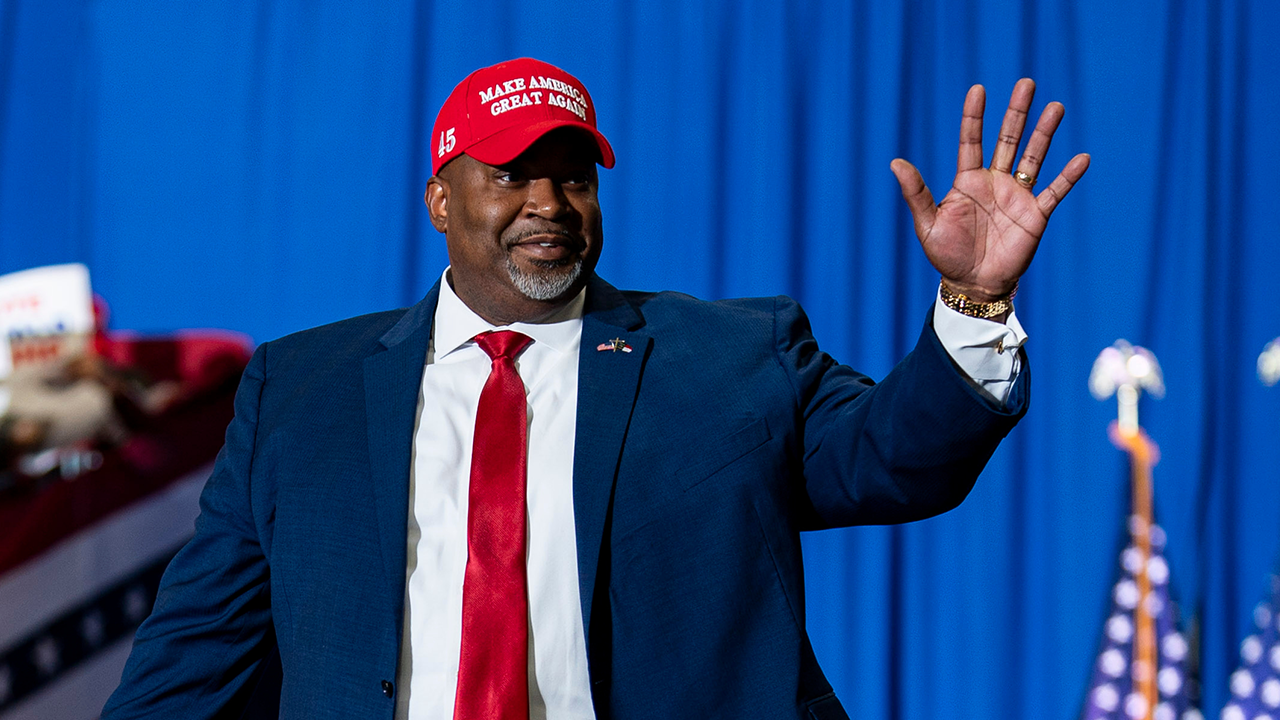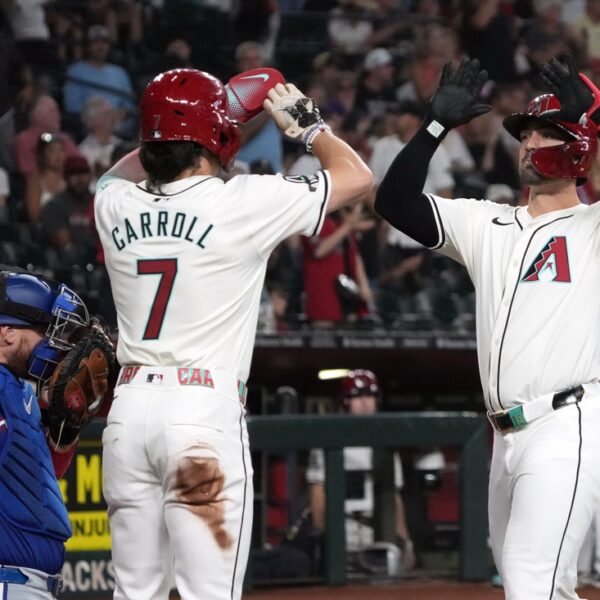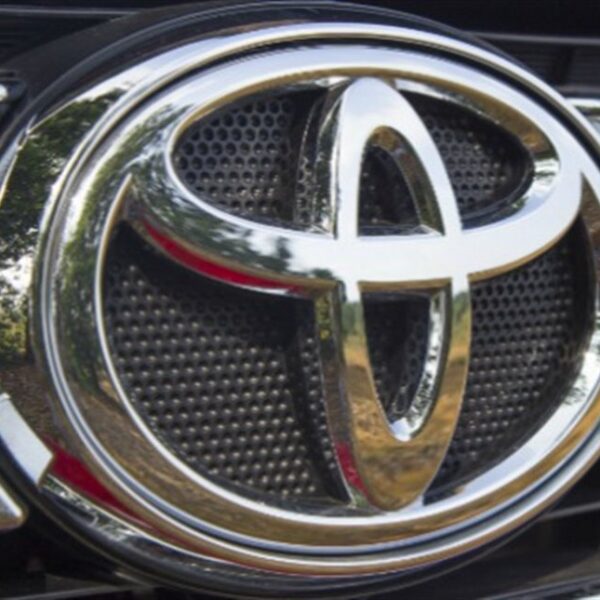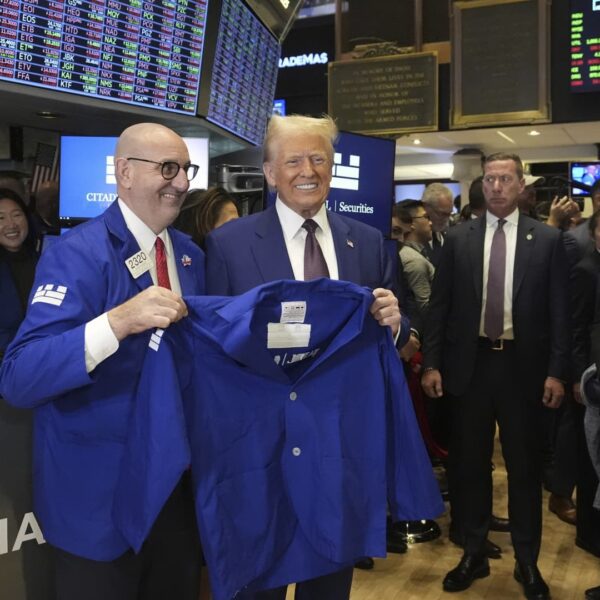Everyone has a core McDonald’s memory. It could be at a birthday party, your first Happy Meal, or just another late night of deep-fried indulgence after one too many.
On the face of it, McDonald’s is the most American institution. It serves up burgers and giant portions of fried food—both of which the U.S. has become known for. Books detail the fast-food giant’s clout among restaurant chains and grab-and-go fast foods, making it inherently American.
Given its place in U.S. culture, McDonald’s European success might surprise you. The secret sauce driving McDonald’s growth isn’t its core products, such as chicken nuggets or McFlurry, which you will spot everywhere. Instead, its the company’s localized food items that make up roughly a third of the menu in each country, Tim Kenward, the company’s CMO of International Operating Markets, tells Fortune.
“The heritage is absolutely American,” he said. “In the U.S., they [the dishes] probably hold more true closeness to the core when they innovate, versus in Europe, where they stem a little bit away from the core—but respectfully.”


Andrey Rudakov—Bloomberg/Getty Images
Europeans can be a tough crowd to please. Every country has a rich gastronomical heritage, whether that’s how the meat is prepared or how the finest bread is baked. The love for McDonald’s in markets like France didn’t come immediately. But it was inevitable in some ways, as the ilk of McDonald’s and Coca-Cola were heading towards global domination as people’s lifestyles were evolving, Giulia Crisanti, a post-doctoral research fellow at the Sapienza University of Rome, writes in “Europeans Are Lovin’ It?,” her recently published book.
For Europeans, that meant shedding anti-American stereotypes, altering traditional eating habits, and embracing the new forms of food that came with globalization.
“They [McDonald’s] were able to somehow mix European and American food cultures,” Crisanti said. “It’s not a threat because it does not compete with Italian and French food traditions. It’s something we could enjoy—it’s American [and] it’s fashionable, especially among younger consumers.”
McDonald’s has now found its place in the market. In 2024, when a French or German national bites into a juicy McDonald’s burger, they hardly think of it as a cultural export of the U.S. because it has integrated with the local diet.
The approach has clearly worked. The company opened its first European location in The Netherlands in 1971. Half a century later, it has more than 8,000 restaurants on the continent, reflecting its business growth. There’s a separate fan-following of people who like to try out the McDonald’s menu in different countries out of curiosity. While McDonald’s doesn’t share a country-wise breakdown of its revenue, its international markets, including Europe, Australia, and Canada, account for about half the company’s total revenues.
But staying relevant in an ever-evolving market of food fads is no small feat, even for a behemoth like McDonald’s. To help keep its customers hooked, the company is constantly looking for breadcrumbs that lead to its next menu jackpot.


COURTESY OF McDONALD’S
Menu innovation
McDonald’s introduces an average of 10 new items in each European market every year—just a tip of the iceberg, Kenward said, compared to the elaborate set of items it tests. That’s how it came upon some of its popular dishes like Italy’s pistachio McFlurry, Switzerland’s McRaclette, and the viral Dutch Frites Saus.
Despite being somewhat of a powerhouse in the fast-food realm, the company doesn’t look inward for new menu inspiration. Instead, “consumers are the architects of our menu,” he said.
“We taste, we try, we scale the world of different options and then it whittles down to the perfect item,” Kenward added.


COURTESY OF McDONALD’S
The Chicago-based company sees what people need or are talking about online after aggressively scraping the internet to identify what’s hot in the market.
Then, it moves fast. It works with chefs (occasionally high-profile ones, such as Michelin Star chef Paul Cunningham) at its innovation hubs in each market and tests ideas at multiple stages, including with customers. It simultaneously thinks of a name to go with the dish and considers how it can be priced and portioned. For instance, the fast-food giant might factor in how Gen Zers would order the item, given their love for snacking throughout the day.
Kenward notes that McDonald’s strategy isn’t always to create new dishes from scratch. Sometimes, it simply leans on its past successes and reignites the nostalgia surrounding them.
The company makes the same McCrispy burgers in The Netherlands but adds a slice of old Amsterdam cheese to localize them. That little tweak has resulted in millions of burgers being sold, said Stijn Mentrop, the marketing chief of McDonald’s Netherlands.
Another example is the breakfast wrap in the U.K., which was removed several years ago. But then scores of fans on social media began talking about it, prompting McDonald’s to bring the wrap back and make it a permanent fixture in its British menu.
“Bringing back some loved stuff can be just as exciting as new stuff,” Kenward said. He also pointed to the widely anticipated lumberjack burger in Poland, which returns to McDonald’s menus every winter with some new element to spark excitement.
“It starts to really become part of their culture,” he said.
Reports have shown that the company has changed the nutrition profiles and ingredients of some of its signature items—some differences are more significant than others—in the U.K. compared to the U.S. That might be to adjust the taste buds and access to ingredients, including banned and uncommonly-used additives and preservatives. It’s certainly not stopped people from flocking to McDonald’s when craving fast food.
Although McDonald’s studies its customers in detail, there’s no clear-cut formula for what may or may not succeed. For instance, the company introduced McPizzas for quick and easy takeout pizzas in the 1980s. But the strategy didn’t quite click with its customers in Italy. On the other hand, its panzerotti, resembling a small calzone, has been a fixture in the Italian menu.


Mike Kemp—In Pictures/Getty Images
While McDonald’s has used food to make inroads with Europeans, Crisanti said the company’s business model involving franchises and local supply chains has helped it integrate better in the region, citing France as an example.
“There was a need to present McDonald’s menu as something local, something French because we rely on French suppliers, we employ French workers, and we give opportunities, thanks to our franchising structure, to French businessmen,” she said.
Each European market differs in how much McDonald’s is part of its fast-food scene, depending on the competition it faces and how well it has merged with the local landscape. In countries like France, where dining at McDonald’s is a family outing, the tables are deliberately circular for more comfortable seating. It also happens to be the European country with the most McDonald’s, despite its reputation for haute cuisine.
Turning a TikTok trend into a McDonald’s moment
As a ceaseless machine of new food creations, what does success look like for McDonald’s in Europe?
The key is in the glue that ties McDonald’s efforts together: its sassy social media presence. McDonald’s France’s Instagram handle recently caught the public eye when a post joked about removing the classic curry sauce from its menu after basketball player Stephen Curry helped Team U.S. win gold against Team France at the Paris Olympics.
Each time the company introduces a new menu, TikToks from McDonald’s enthusiasts flood the internet, garnering millions of views within days. But that “talkability,” as Mentrop puts it, is what the company wants.
@gw.alkerr McDonald’s in Croatia have a new pistachio McFlurry😍 #gwalker95 #pistachio #mcflurry #mcdonalds #food #mukbang #fyp #viral ♬ original sound – gw.alker
“Sometimes there are some things so popular that it breaks the internet. That’s what we say, and indeed, we want that to happen once or two times a year,” he said. “If we innovate around the product locally, we need to make sure that it has a lot of impact, because it costs a lot of time to do that.”
People share memories with McDonald’s, creating a strong customer base that willingly participates in the company’s digital experiments. The Monopoly game—which mimics the original board game and offers rewards if you collect specific stickers—is one way people use the McDonald’s app.
Amid a persisting cost-of-living crisis, app-based loyalty programs have given people a reason to spend their money in a way that could reap future rewards in the form of free desserts or a bag of fries.
To be sure, the company’s earnings have taken a beating in recent months for various reasons, including boycotts linked to the war in Gaza, causing its second-quarter sales to decline. France was among the markets that faced a drop in demand among families. The company is eyeing a €4 Happy Meals to lure its customers back.
In many ways, McDonald’s has made itself at home across Europe. Nearly 90% of Dutch people visit the restaurant chain in The Netherlands at least once a year, Mentrop noted, reflecting how much Europeans have taken to the brand and its efforts at localizing flagship fast foods.
“We have really taken these global icons, built our business [around it], but added local flavor where it matters the most,” he said.














